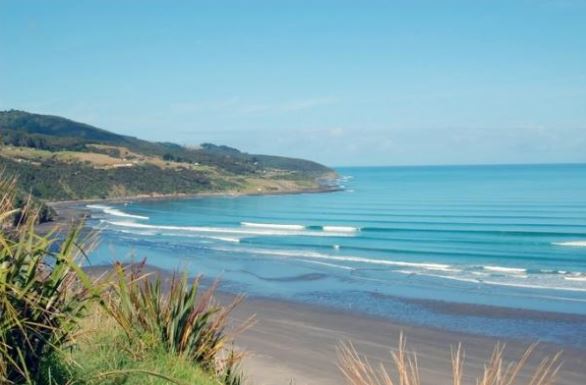
Running between Raglan and Sydney, the new standalone cable will provide an alternative to the trans-Tasman section of the Southern Cross Cable, which is the main international cable that currently carries the majority of internet traffic to and from New Zealand.
“Given New Zealand’s geographic isolation, international connectivity is crucial for growing our economy and for helping us capitalise on opportunities,” Mr Bridges says.
“This cable is another step towards ensuring we’ve got affordable and robust connections with the rest of the world. It also ensures that domestic demands for data are supported by international capacity, setting us up for the future.”
The cable provides greater capacity in the system, reducing the risk of bottlenecks and enabling faster, better internet for consumers, particularly when content is being streamed from overseas. It also provides greater competition in New Zealand’s cable market.
“The Government’s $2 billion investment in the rollout of broadband infrastructure has helped spur demand for faster broadband, which is why complementary investment in cable infrastructure is so important,” Mr Bridges says.
“I congratulate the owners of the TGA cable, telecommunications companies Spark, Vodafone and Telstra, for their investment in this critical infrastructure for New Zealand.”
A third major cable project, the Hawaiki cable, is due to be completed next year. Once the Hawaiki cable is complete New Zealand will have three cable systems providing international connectivity, Southern Cross, the TGA and Hawaiki.
Make sure you’re connecting to the internet the very best way for your needs. Compare all the New Zealand broadband providers and plans at Broadband Compare.